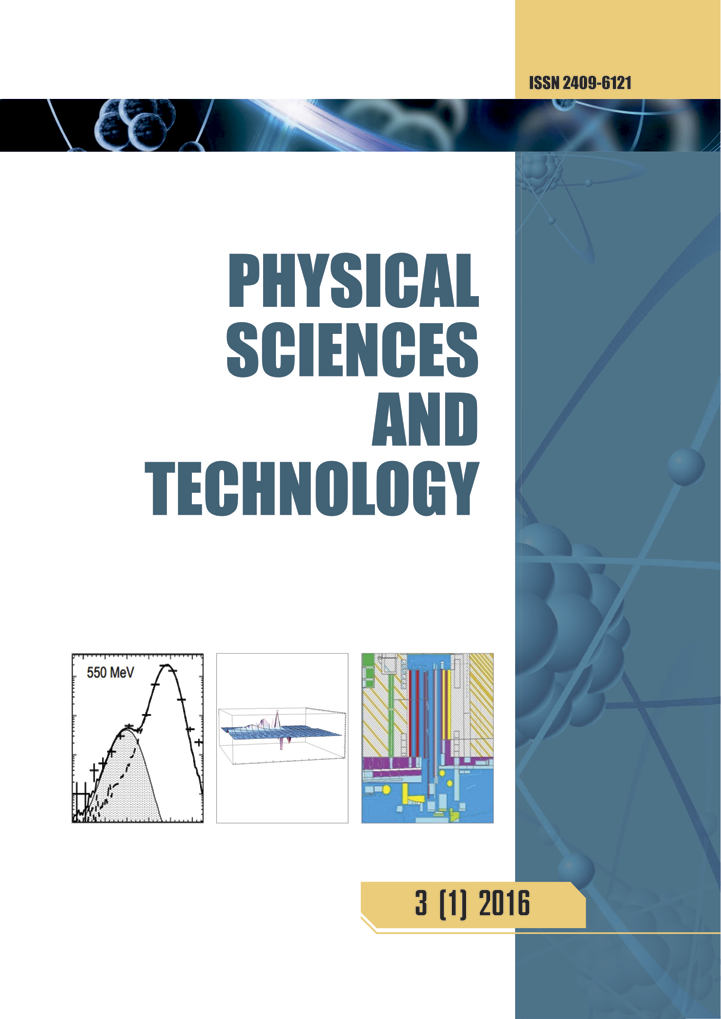Corrosion behavior of austenitic steels in chloride-containing media during the operation of plate-like heat exchangers
DOI:
https://doi.org/10.26577/phst.2023.v10.i2.06Abstract
Mathematical models that describe the dependences of the critical temperatures of pitting formation of AISI 304, 08Kh18N10, AISI 321, 12Kh18N10T steels in model circulating waters with pH 4…8 and chloride concentrations from 350 to 600 mg/l on their chemical composition and structure have been developed. They are based on linear squares regressions and on a feed-forward neural network for reduced feature numbers. Using the developed mathematical models, it was found that the critical pitting temperatures of these steels increase with an increase in the pH of the circulating water, the number of oxides up to 3.95 μm in size, the average distance between titanium nitrides, the Cr content and a decrease in the concentration of chlorides in the circulating waters, the average distance between oxides and average austenite grain diameter. At the same time, it was found that the geometric dimensions of the steel structure most intensively affect their pitting resistance in circulating waters, and the effect of their chemical composition is minimal and is determined by the amount of Cr, which contributes to an increase in the pitting resistance of steels, probably increasing the solubility of nitrogen in the austenite solid solution. It is proposed to use the developed mathematical models to select the optimal heats of these steels for the production of heat exchangers and predict their pitting resistance during their operation in circulating waters.




